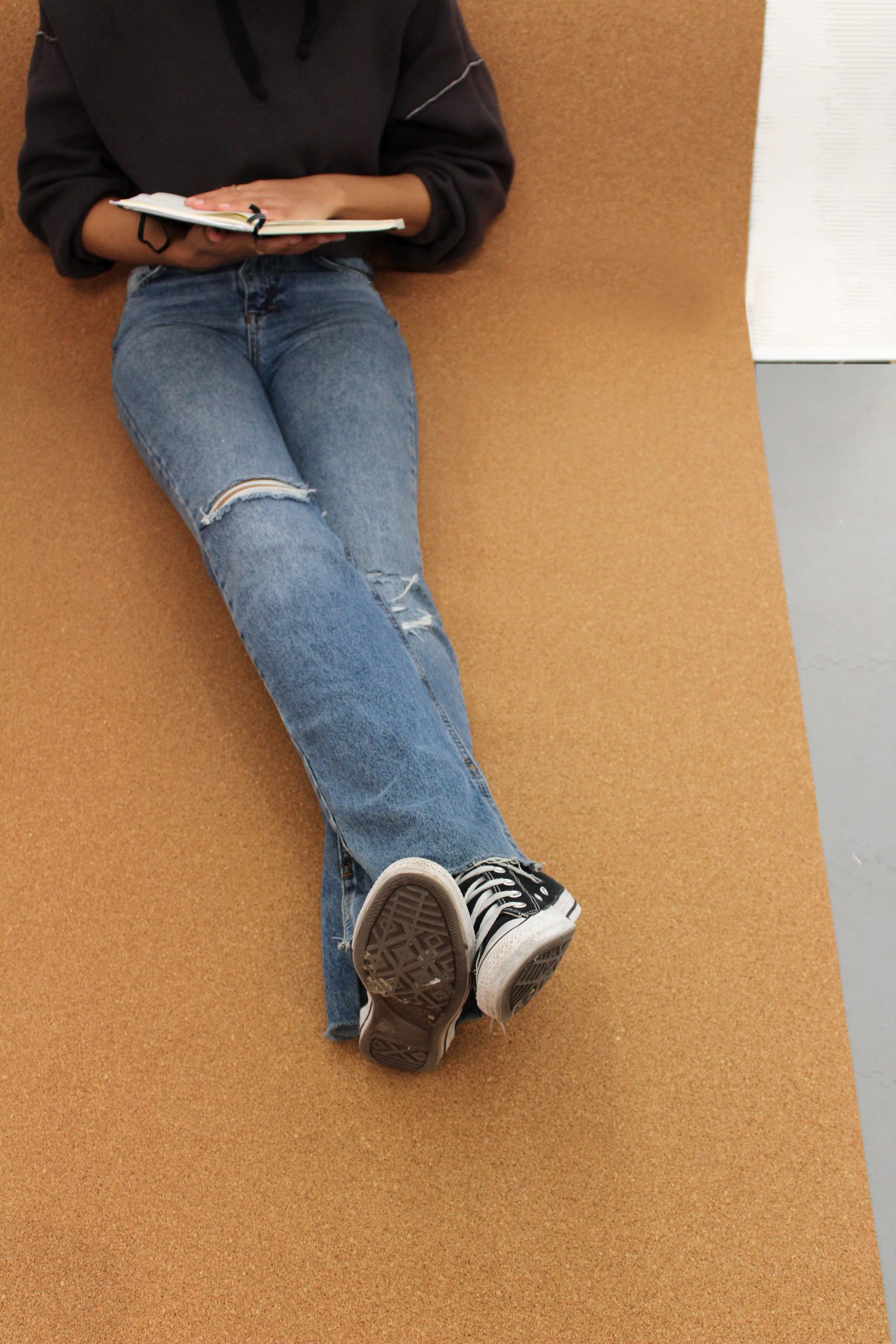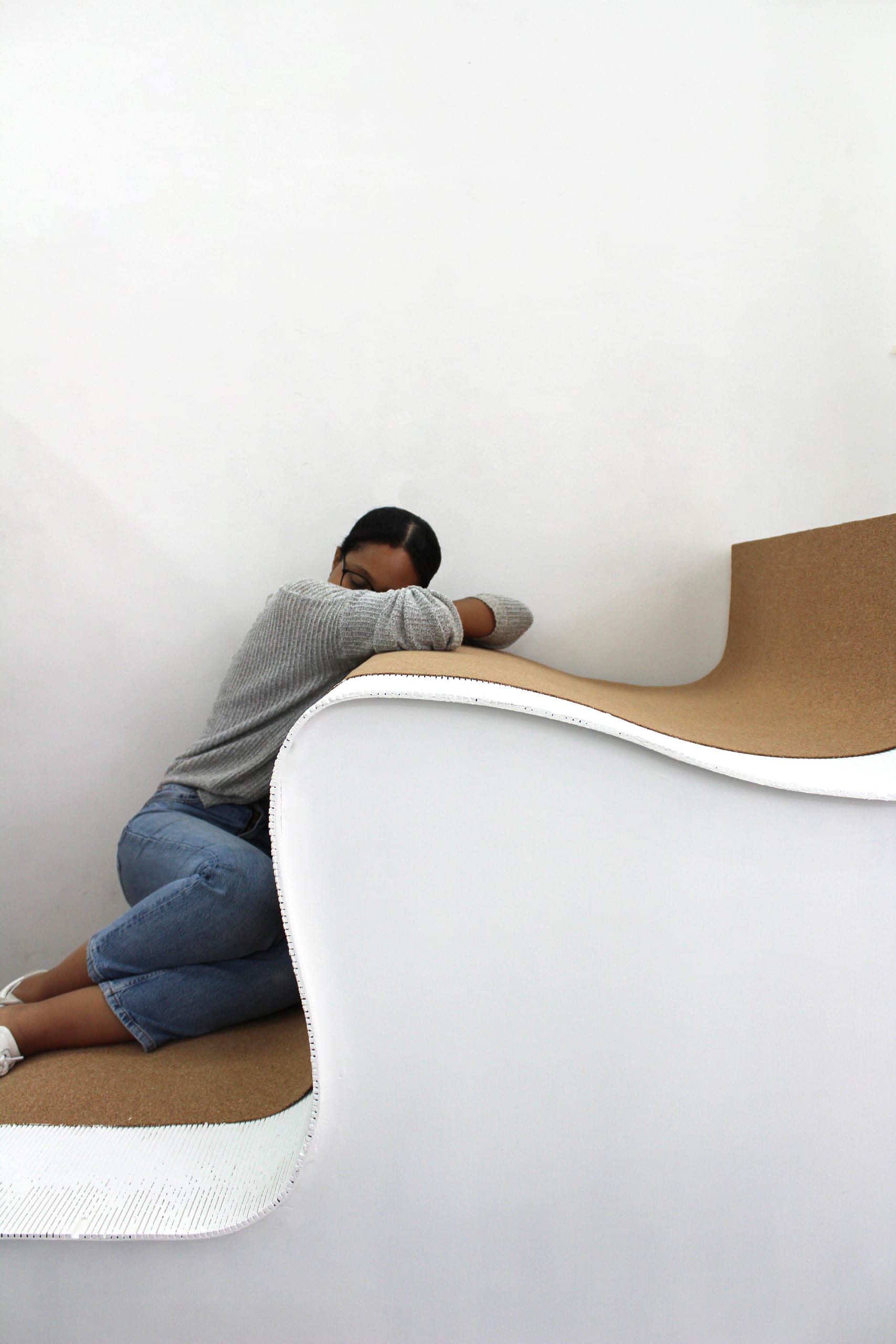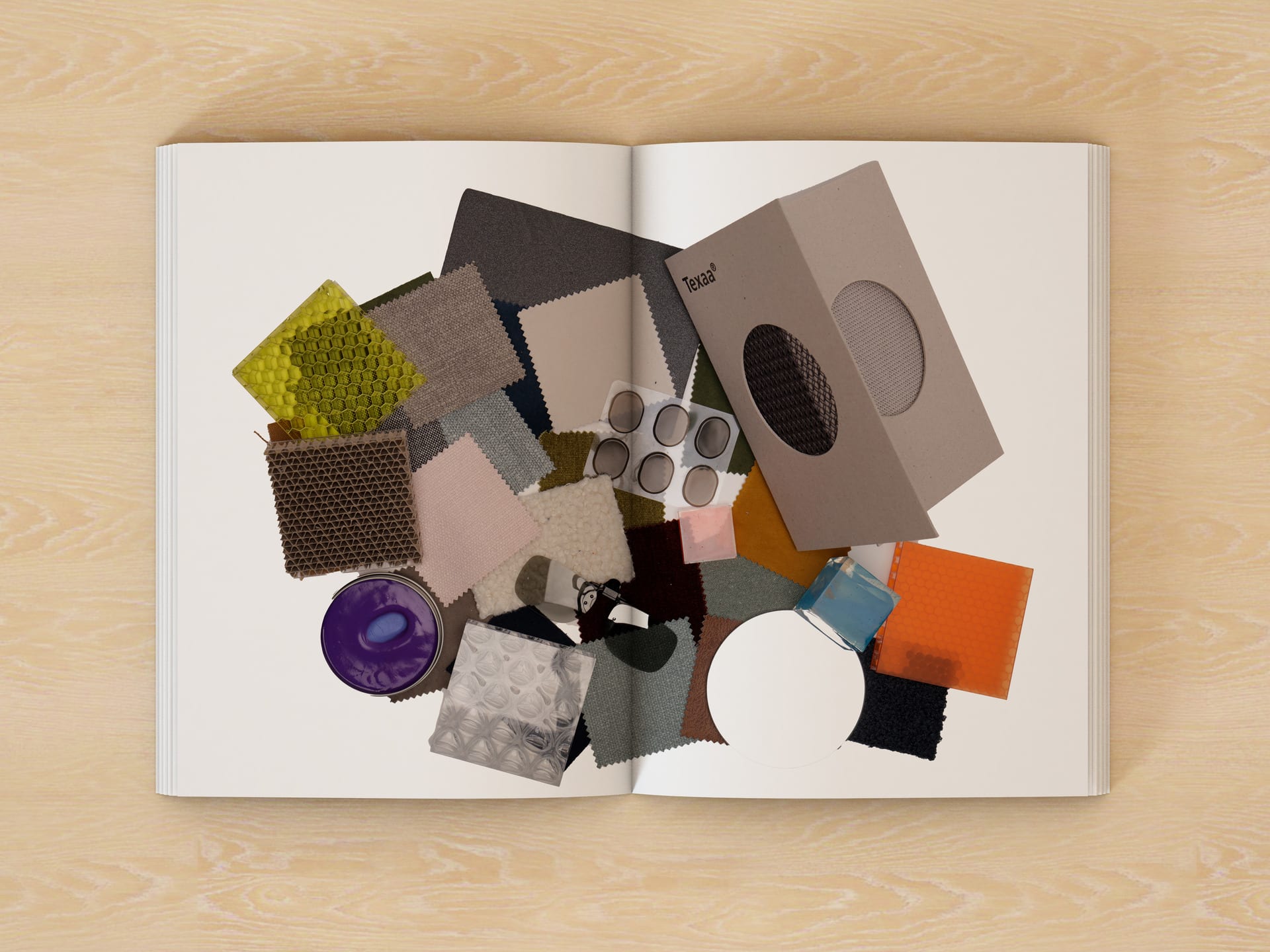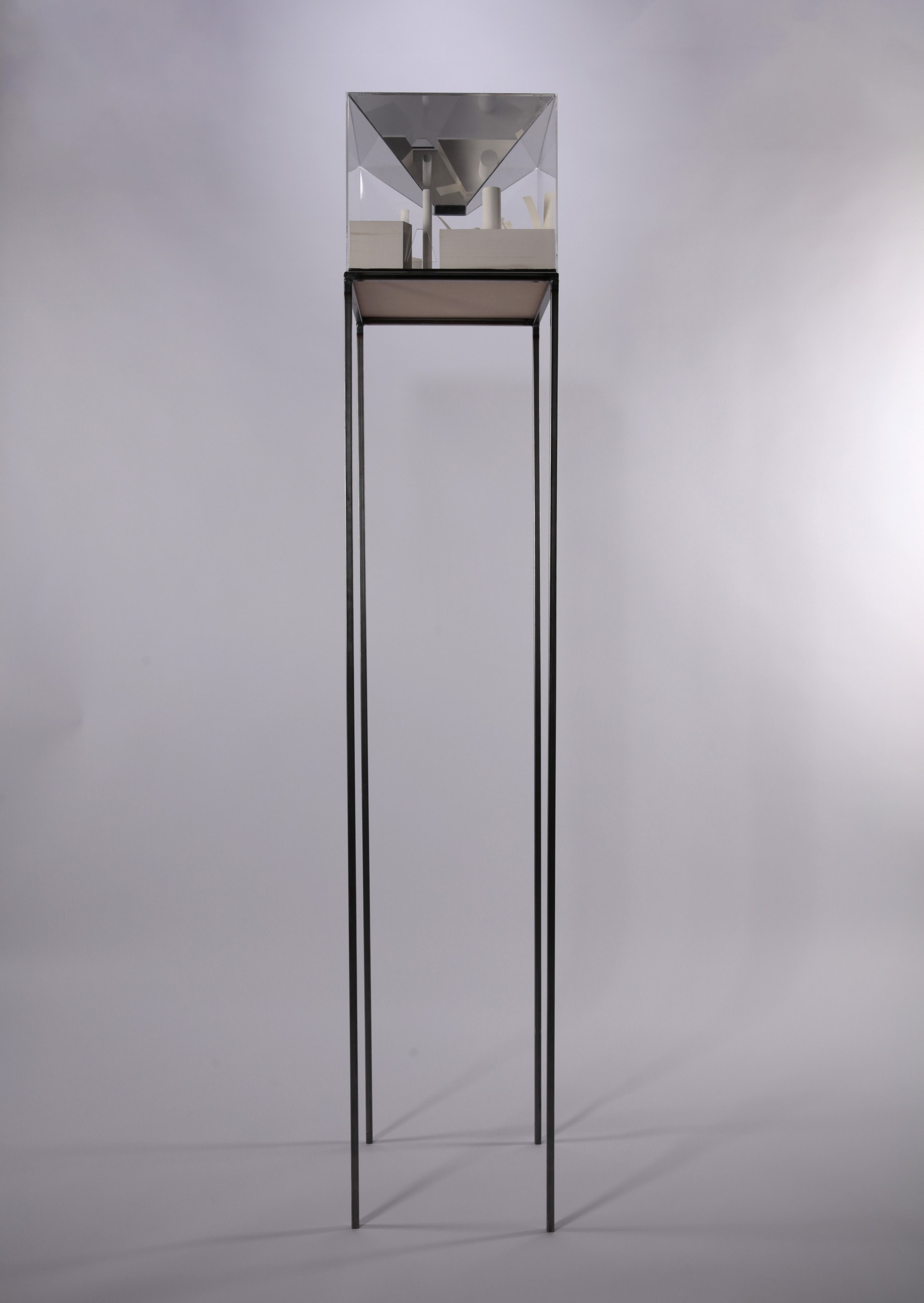Nicole McIntosh is a London-based architectural and spatial designer, who surrounds her work around neuroarchitecture and how both exterior and interior spaces can be responsive to the psychological needs of our society.
She graduated with a First-Class Honours degree in Architecture from Kingston School of Art, where her projects mainly looked at creating socially and environmentally sustainable buildings. Nicole has since gained industry experience as an architectural assistant, contributing to projects in various sectors including, a refurbishment/ new build of an SEN school.
During her first year at the Royal College of Art in ADS9, her project 'Girls at Dhabas', looked at the relationship women have with public spaces in Pakistan. Her final proposal whilst structured upon the ethics of a feminist group called 'Girls at Dhabas', aimed to provide women in Lahore, Pakistan, a space to relax, socialise and ‘loiter’ as a collective in public.
Her final year project 'Diverse Relations', explores how existing environments can be adapted to provide comfortable spaces for people within the neurodiverse community without excluding the neurotypical, creating convivial moments.

















